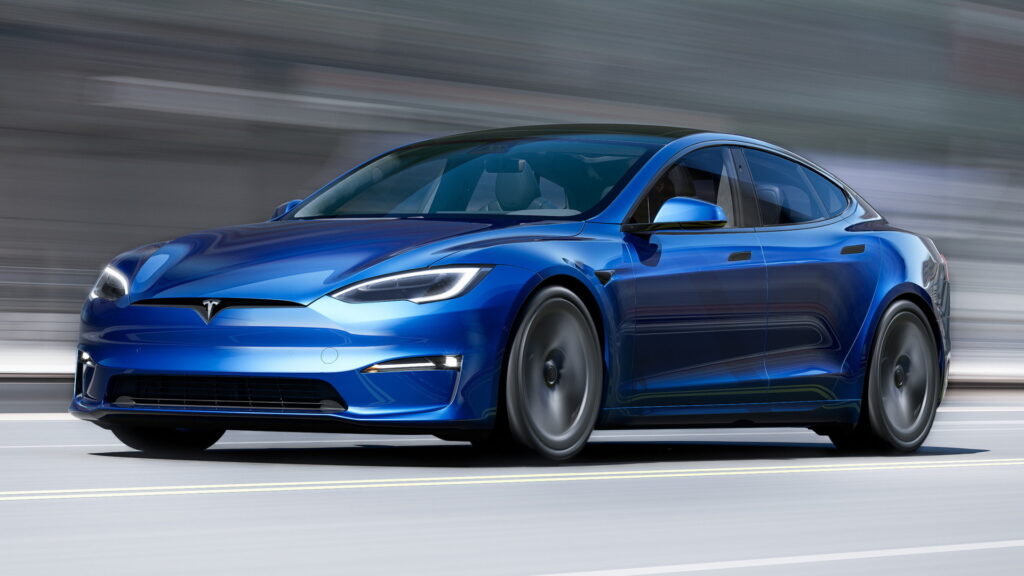Ann Carlson, the acting head of the National Highway Traffic Safety Administration (NHTSA) said that the federal regulator is “working really fast” on the investigation it opened into Tesla’s “Autopilot” system in 2021.
“We’re investing a lot of resources,” said Carlson, per Reuters. “The resources require a lot of technical expertise, actually some legal novelty and so we’re moving as quickly as we can, but we also want to be careful and make sure we have all the information we need.”
Carlson declined to lay out a formal timeline for the investigation, which was opened in August 2021, following a series of high-profile accidents, many involving emergency vehicles on the side of the highway. In June, NHTSA upgraded the probe to an engineering analysis. The organization said it was looking into 830,000 vehicles at the time, and the move is the last before a recall is demanded—though it isn’t yet confirmed that a recall is coming.
Read: Tesla To Remove Steering Wheel Nag For Some Full Self-Driving Beta Users
Additionally, Carlson confirmed to media that the regulator is in discussions with Tesla over a tweet its CEO, Elon Musk, sent on December 31. The tweet, a response to another, suggested that Tesla was looking into disabling the reminder for a driver to put their hands back on the wheel in vehicles whose owners had driven more than 10,000 miles (160,093 km) using its FSD Beta system.
Carlson reiterated that NHTSA has “a very extensive investigation ongoing… We are in conversations with Tesla about this latest communication.”
As part of its investigation, NHTSA is looking into whether Tesla ensures that its drivers are paying enough attention while they use Autopilot and FSD, both of which the automaker calls Level 2 driver assistance technologies. According to the internationally agreed upon SAE levels of autonomy, these systems require drivers to constantly supervise their vehicles.
In 2020, though, the National Transportation Safety Board criticized these systems for their “ineffective monitoring of driver engagement.” NHTSA, meanwhile, has said that the evidence suggests that, in most of the crashes it’s looking at, Tesla vehicles tried to alert their drivers to take the wheel, raising questions about how effective those efforts are.
NHTSA continues to add new crashes into its investigation, including a recent accident that saw a Model S that was allegedly in Autopilot mode slowing suddenly to 20 mph (32 km/h) on the San Francisco-Oakland Bay Bridge, leading to an eight-car pileup, and minor injuries for nine people.





